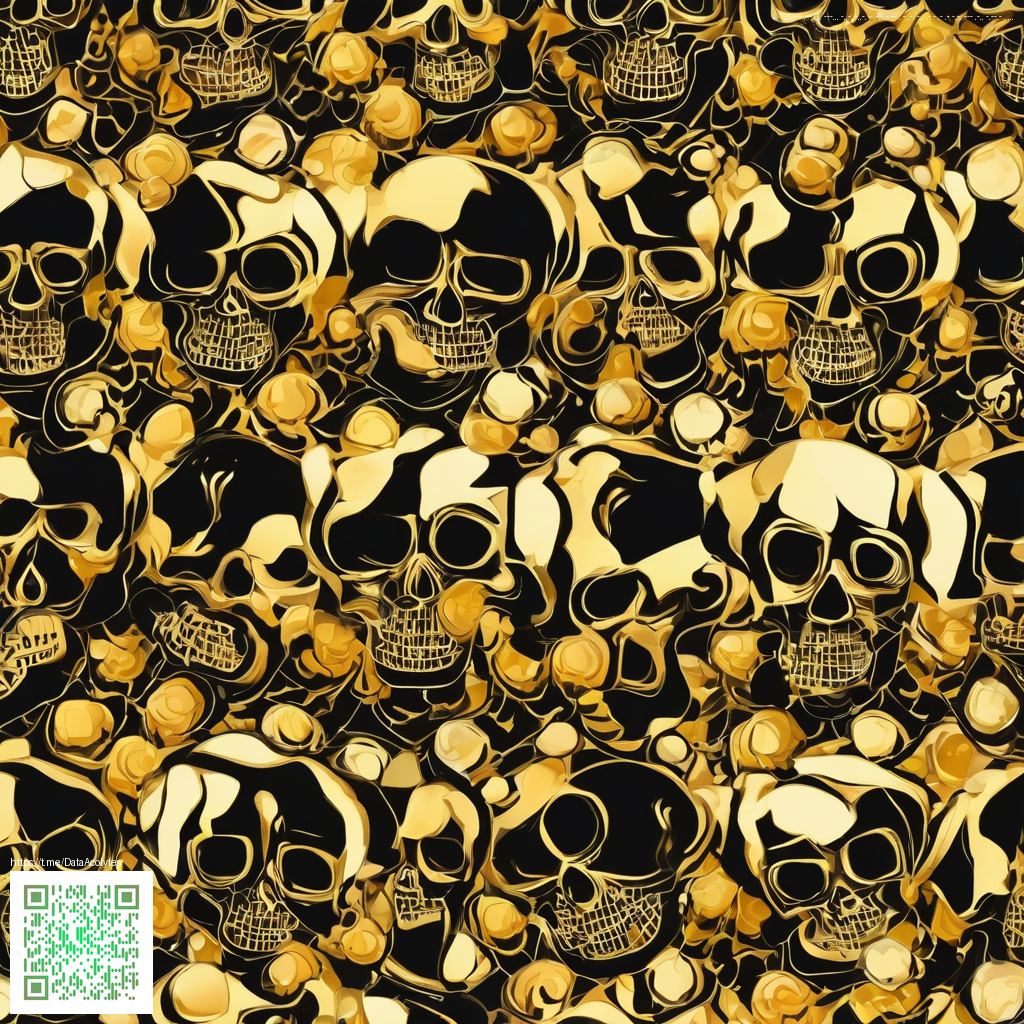
Designing textures that print with precision is less about artistry alone and more about mastering a practical color pipeline. When you aim for color-accurate textures for products and packaging, you’re building a bridge from digital pixel perfection to the tangible reality of ink on paper or glossy polycarbonate. Whether you’re preparing textures for a mockup, a catalog page, or a limited-edition print run, the core ideas stay the same: establish reliable color management, preserve texture detail, and anticipate how finishes will interact with light and substrate.
From Screen to Substrate: The Color Pipeline
Color management starts with a calibrated workflow. Begin by setting a standard working color space, then profile your assets for the intended print process. If your texture will eventually become a printed sheet or packaging, you’ll commonly convert to CMYK or a device-specific ICC profile. Soft-proofing lets you preview how the texture will look under the target printer’s gamut, helping you catch hue shifts before any ink hits paper.
“Color is a contract between your screen and the printer.” When you design textures with print in mind, you’re negotiating brightness, saturation, and contrast that real ink must faithfully reproduce under the chosen lighting conditions.
Lighting matters. A texture that reads as vibrant on a daylight monitor can appear dull or oversaturated under studio strobes or incandescent bulbs. Build your textures with neutral midtones and controllable shadows so you can adapt to different viewing environments without sacrificing the overall mood of the image. It’s this foresight that separates textures that print beautifully from those that require constant remediation.
Practical Guidelines for Texture Artists
- Resolution and tiling: Design textures at 300 DPI for standard print sizes. If you’ll tile textures across a larger surface, keep a higher native resolution and ensure seamless edges to avoid visible seams.
- Color profiles: Choose an ICC profile that matches your printer and paper stock. Soft-proof frequently to see how gloss or matte finishes will alter perceived color and contrast.
- Texture detail vs. file size: Use lossless formats like PNG or TIFF to preserve edge clarity. Reserve JPEGs for proofs or previews where small file size is a priority, not for production proofs.
- Gloss vs. matte effects: Finishes such as glossy or matte polycarbonate influence how light interacts with texture. For a product like a MagSafe Phone Case with Card Holder, you might simulate these finishes with separate texture maps and composite them to preview final output.
In practice, work closely with your print partner to run test sheets. A well-structured texture design anticipates substrate brightness, ink limits, and varnish or coating behavior. Create soft proofs that include the substrate’s reflectivity, then adjust midtones and highlight detail so the final print maintains the intended depth and color balance. The goal isn’t perfection on screen alone, but perceptual fidelity when your texture is experienced in the real world.
For designers who also curate product visuals, mapping a texture onto curved surfaces and edges adds another layer of complexity. The overlay texture shown in this article’s leading image demonstrates a broader exploration of print-ready assets and reminds us that texture design thrives where digital craft meets physical realization. If you’re exploring practical references, you can visit a real-world example of glossy versus matte finishes on a product page that aligns nicely with these principles: https://shopify.digital-vault.xyz/products/magsafe-phone-case-with-card-holder-glossy-matte-polycarbonate.
Continual iteration is the heart of reliable print textures. Maintain a clear changelog of color settings, profiles, and proof outcomes. Note the paper stock, printer settings, and any coatings used. With disciplined documentation, you’ll be prepared for reprints or revisions without losing the texture’s fidelity.
Similar Content
Page reference: https://pearl-images.zero-static.xyz/0bf4740e.html